50+ Sample Student Budgets
-
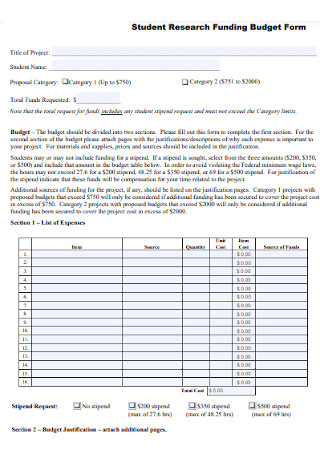
Student Research Funding Budget
download now -
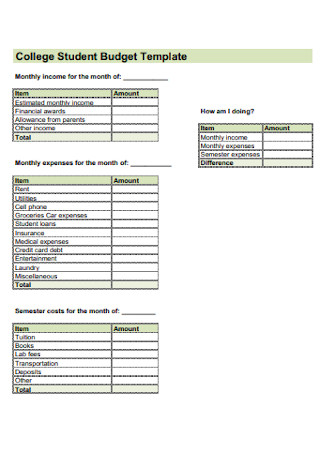
College Student Budget Template
download now -
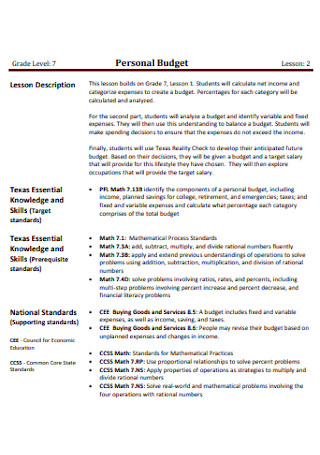
Student Personal Budget Template
download now -
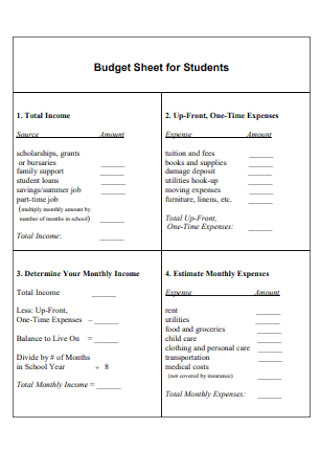
Student Budget Sheet
download now -
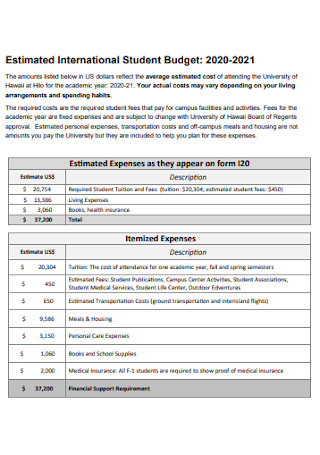
International Student Budget Template
download now -
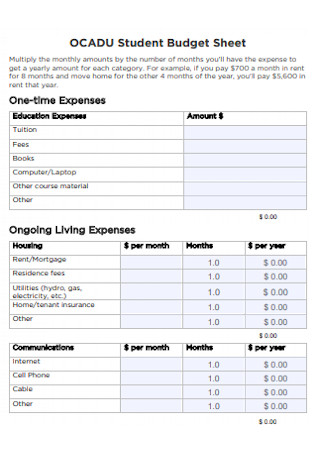
Sample Student Budget Sheet
download now -

Monthly Budget Estimate for Student
download now -
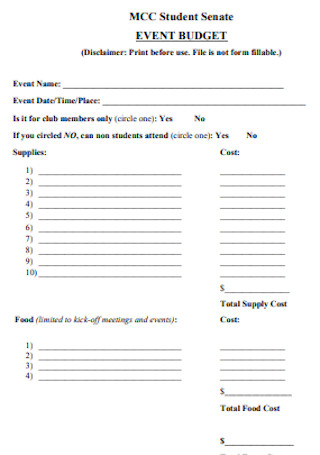
Student Event Budget Template
download now -
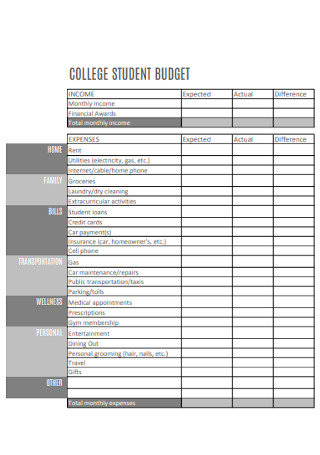
College Student Budget Worksheet
download now -
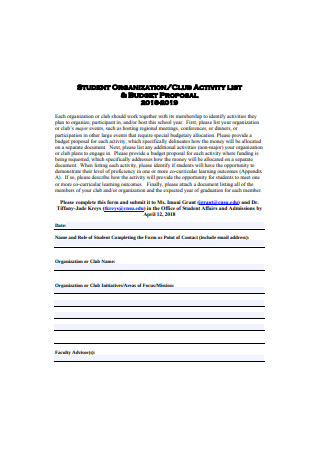
Student Organization Budget
download now -
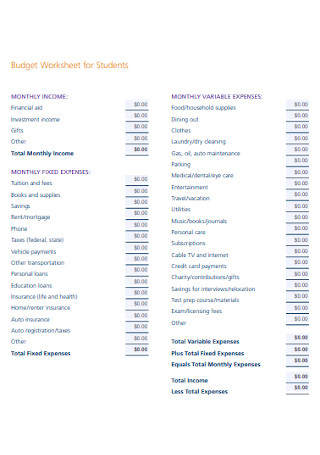
Budget Worksheet for Students
download now -
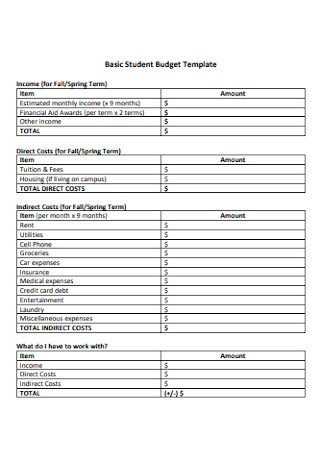
Basic Student Budget Template
download now -
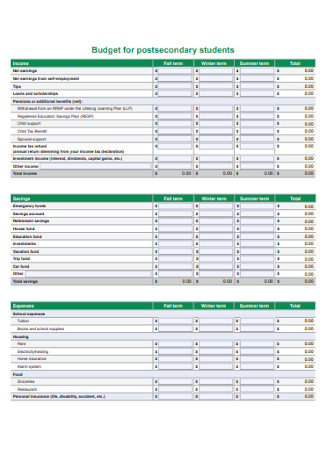
Budget for Postsecondary Students
download now -
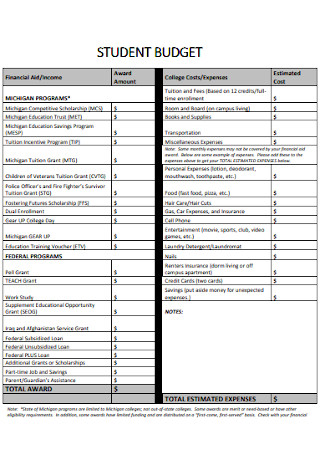
Simple Student Budget Template
download now -
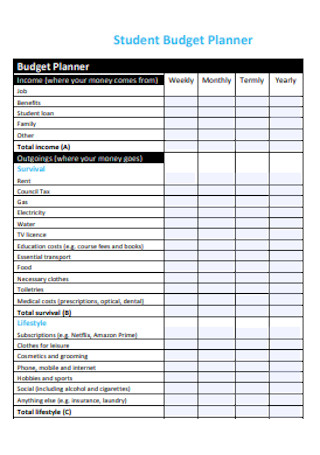
Student Budget Planner Template
download now -

Student Budget Form
download now -
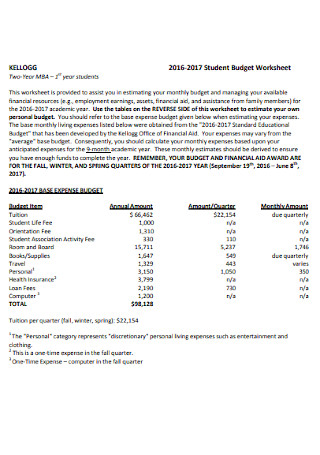
Student Budget Worksheet Example
download now -
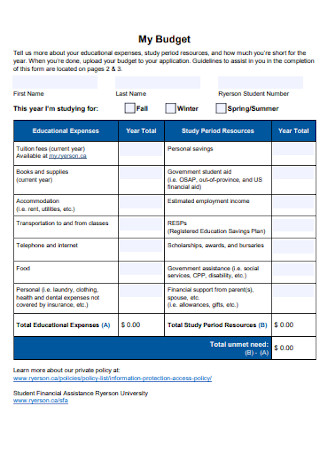
University Student Budget Template
download now -
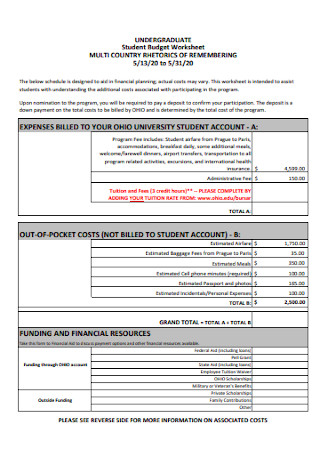
Undergraduate Student Budget Template
download now -
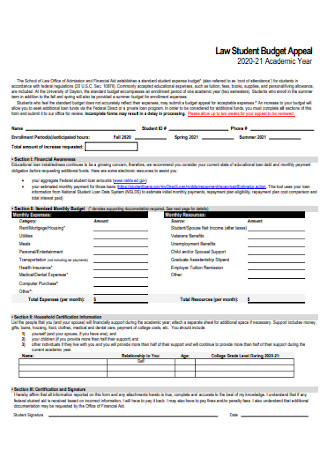
LawStudent Budget Template
download now -
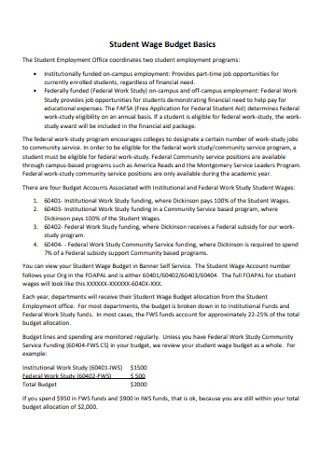
Basic Student Wage Budget
download now -
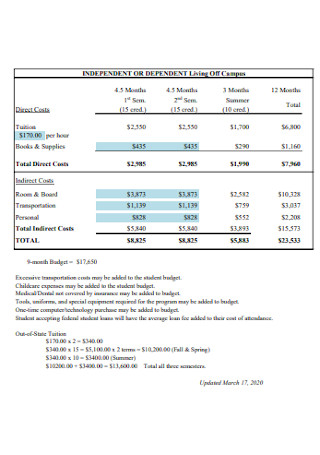
Campus Student Budget Template
download now -
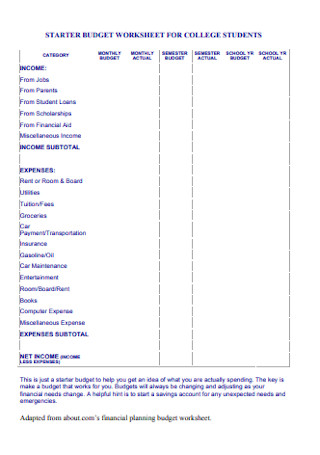
Budget for College Student Template
download now -
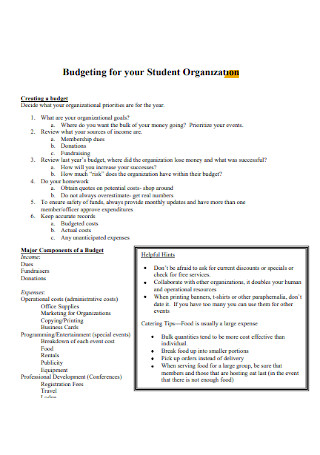
Budgeting for Student Organization
download now -
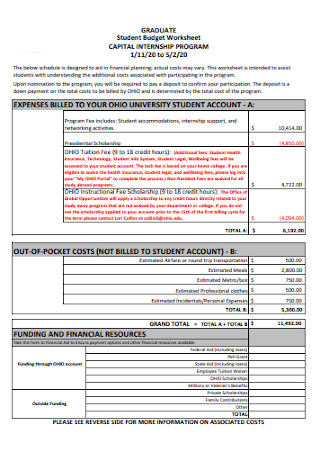
Graduate Student Budget Template
download now -
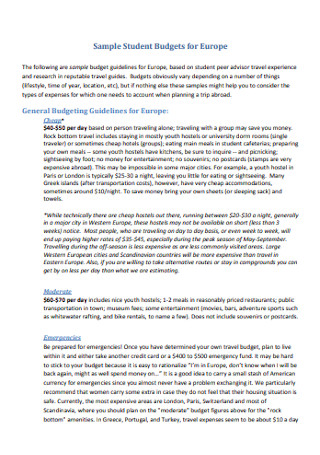
Sample Student Budgets Example
download now -

Student Money Budget Planner Template
download now -
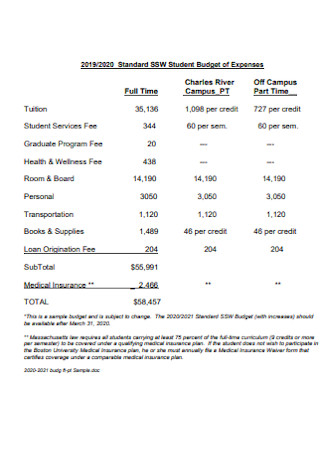
Student Budget of Expenses
download now -
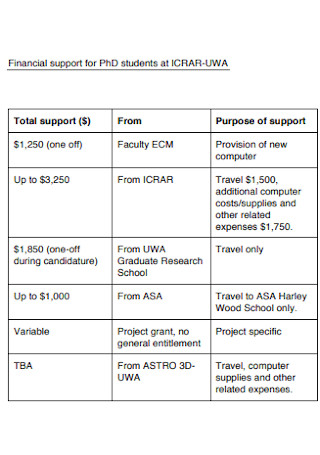
Student Financial Budget Template
download now -
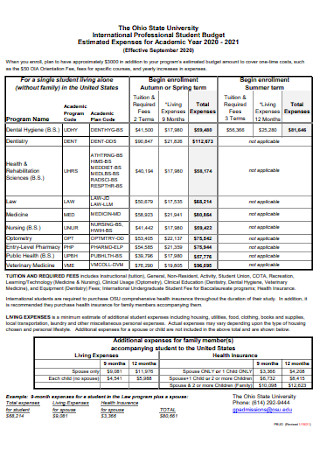
International Professional Student Budget
download now -
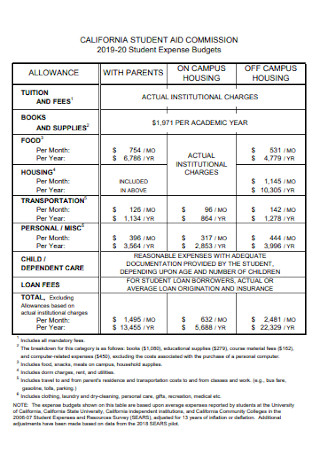
Student Expense Budgets
download now -
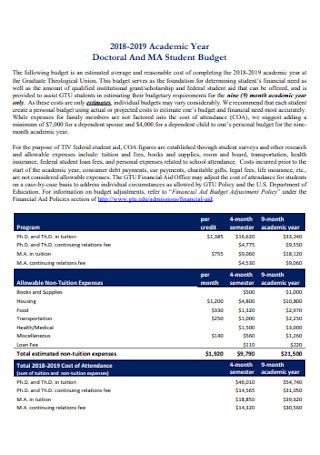
Doctoral And Student Budget
download now -
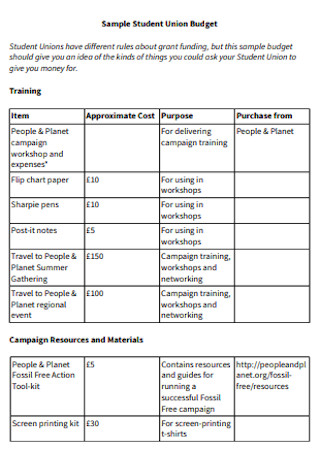
Sample Student Union Budget
download now -
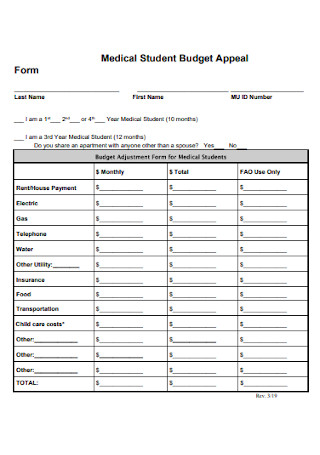
Medical Student Budget Appeal
download now -
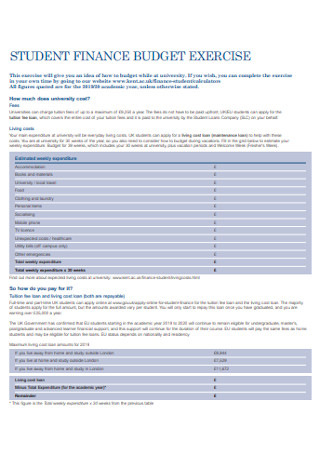
Student Finance Budget Exercise Template
download now -
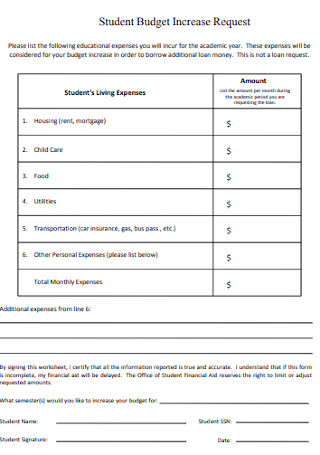
Student Budget Increase Request Template
download now -
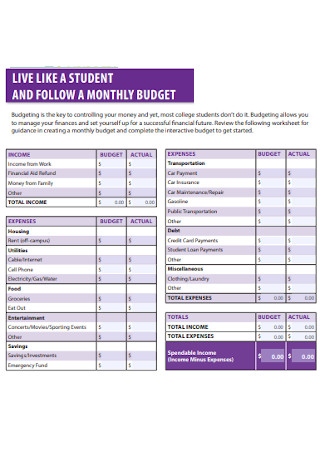
Student Monthly Budget Template
download now -
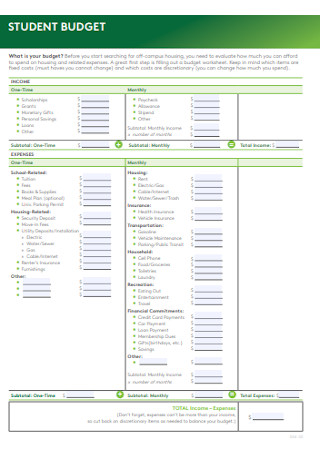
Simple Student Budget Template
download now -

Post-Secondary Student Budget
download now -
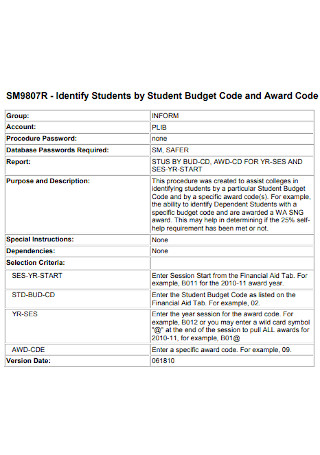
Identify Students by Budget
download now -
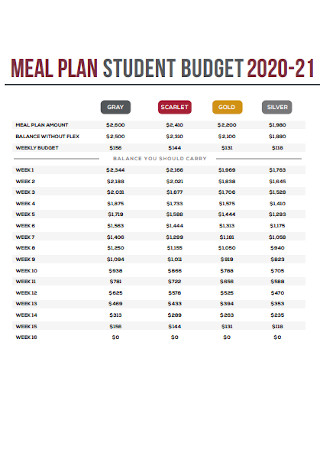
Meal Plan Student Budget Template
download now -
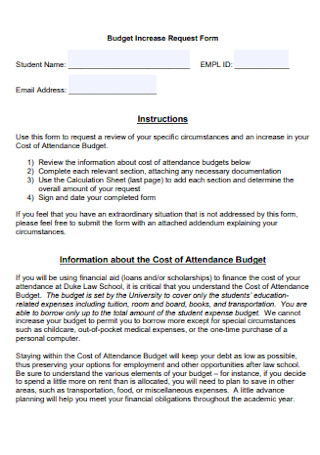
Student Budget Increase Form
download now -
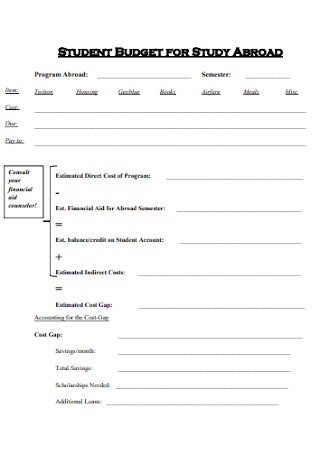
Student Budget for Study Template
download now -

Financial Aid Nine-Month Student Budget
download now -
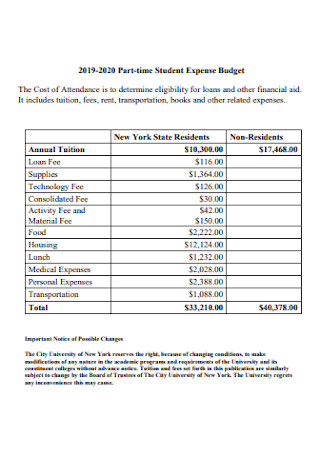
Part-time Student Expense Budget
download now -
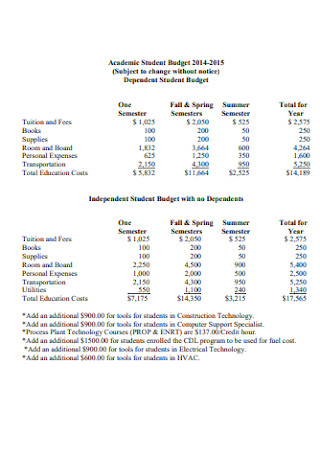
Academic Student Budget
download now -
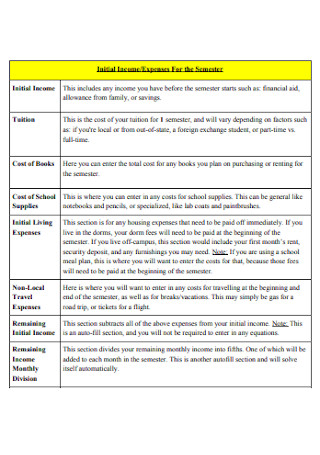
Student Income Budget Template
download now -
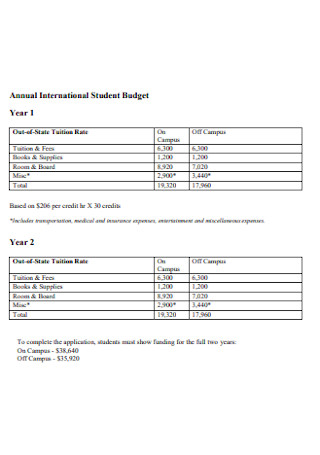
Annual International Student Budget
download now -
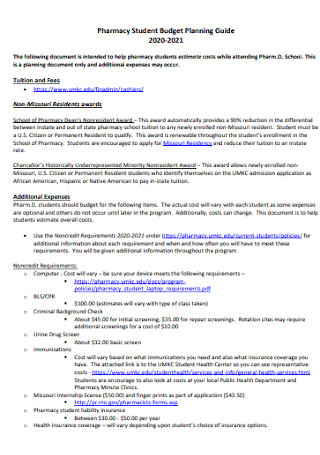
Pharmacy Student Budget Template
download now -
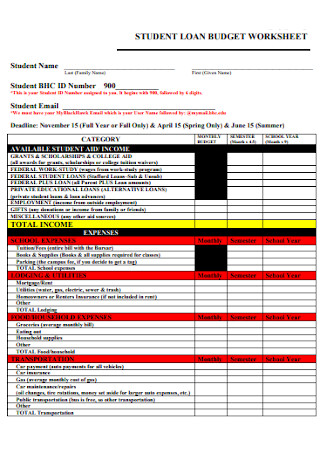
Student Loan Budget Template
download now
What Is a Student Budget?
A student budget is a document that is meant to help a student allocate their finances appropriately. A budget can help the student plan better for their various academic and non-academic related expenses.
According to data published by Statista, the average total undergraduate budget for the most recent school year was $18,830 in the United States. Tuition and other fees accounted for around $3,800 of that amount.
Types of Student Expenses
A student can have various kinds of expenses, depending on a number of factors including educational level. Expenses are also relative. For instance, a student who obtains a full scholarship does not have to pay for tuition, unlike regular students. The following examples are just some of the most common types of expenses throughout a student’s academic life.
Money Saving Tips for Students
If you are a student, it is never too early to start educating yourself on financial literacy. Especially when you are in college and have more relative freedom, there are plenty of opportunities to exercise responsibility and frugality when it comes to expenses. The following are some simple yet effective money saving tips that can help your student budget!
How to Create a Student Budget
To create a sustainable student budget, you need to be committed to it. If you are looking for quick and easy templates for reference, use any of the sample budgets from the collective above. Choose one that meets your needs then follow the basic steps below.
Step 1: Determine the Objective
The first step in crafting a student budget is identifying the objective. Why do you need one? What outcomes do you expect from creating a budget? It is important to know why you are drafting one in the first place. For some, it is to cut down on unnecessary spending and expenses. For most students, keeping a budget can simply help them save more money for the future or for emergencies. Starting with an objective can help clarify your intentions and it might even help you stick to your budget. If you know the purpose behind your budget, then the more you can justify it to yourself.
Step 2: List Down Expenses
The next step is to create a list of all your expenses. As a student, you can have various expenses at different stages of your academic life. A high school student budget would look quite different from a college student budget. Regardless of individual needs and circumstances, make sure to list all these down in an organized manner. Some of the major expenses were described and detailed in the previous sections. If you are a college student, your budget might include essential expenses such as lodging and transportation. Be sure to indicate the exact amount of each item.
Step 3: Categorize and Assign
Once you have listed down all the expenses, you need to categorize them accordingly. This can be done in a number of ways. But the most common way is by assigning each item as essential or non-essential. It is important to know which items are needs and which are wants. Essential expenses could include groceries, school supplies, gas, and monthly rent. Non-essential items could include expenses that are used for recreation and entertainment such as personal trips or retail shopping. Categorizing your expenses in a detailed way will give you an idea of how much and where your money actually goes.
Step 4: Stick to the Budget
For most students, the challenge is not creating the budget but sticking to it. It is important to continuously monitor your expenses, even as they change over time. You may need to modify some items as you go along. But what matters is that you try to stick to your budget and adjust accordingly. It is fine to splurge once in a while, but you want to avoid extreme spending as much as possible. Unnecessary purchases can pile up and before you know it, you might be way over your budget already. That’s why it is important to track or update your budget regularly.
FAQs
What is a good budget for a college student?
A good college student budget is one that is realistic, practical and feasible. Since you have to consider the individual needs and circumstances of a student, it is not a case where one size fits all. But generally, a good budget ensures that an allocation goes to savings and prioritizes only essential expenses.
How do you set a budget for students?
Ideally, a budget should be based on one’s needs rather than wants. To create a better budget, it is best to classify your expenses into essential and non-essential. Refer to the how-to guide in the previous section for more detailed instructions on how to create a student budget.
Why should college students budget?
It is never too early to learn good spending habits. By practicing budgeting, college students will be able to learn and exercise responsibility in their finances.
Students can learn the value of discipline and responsibility from budgeting. It is never too early to learn the ropes on financial literacy. Browse the numerous sample templates above and start customizing your own student budget today!
